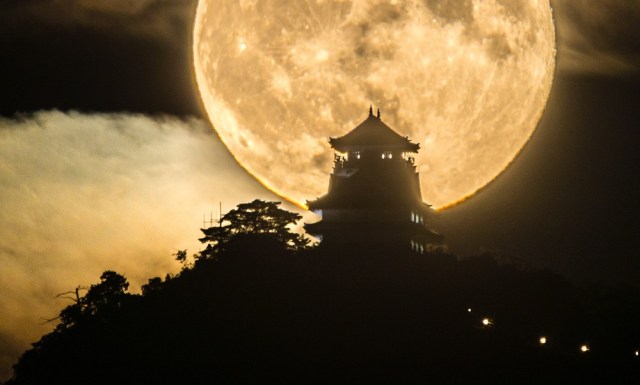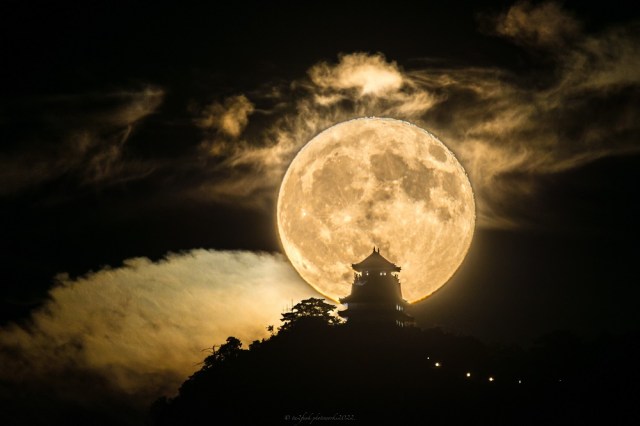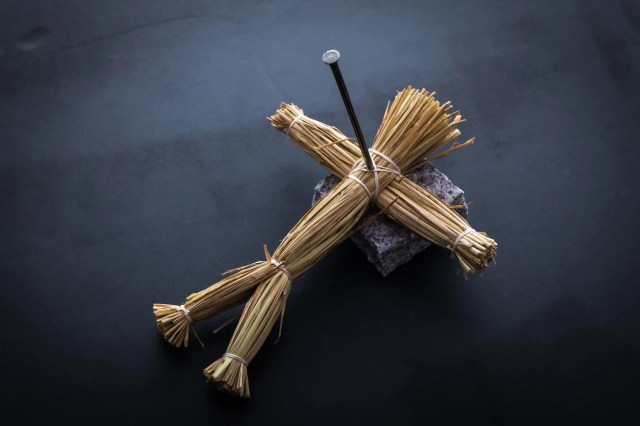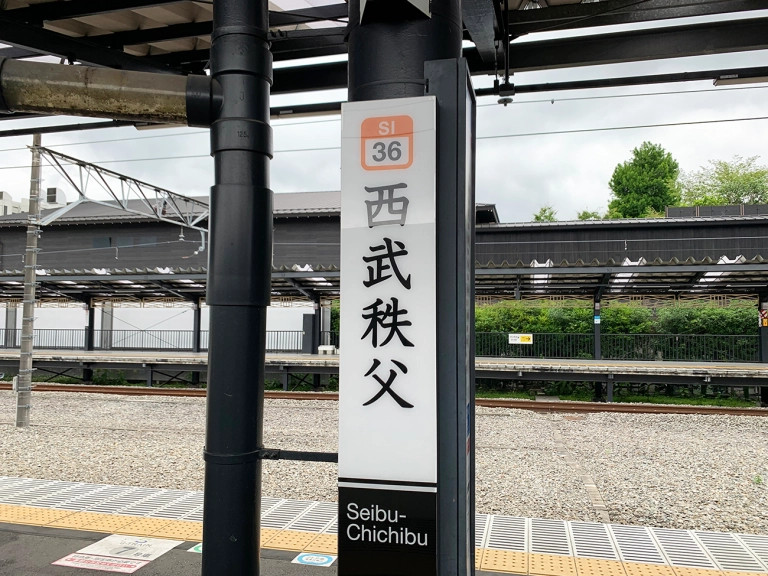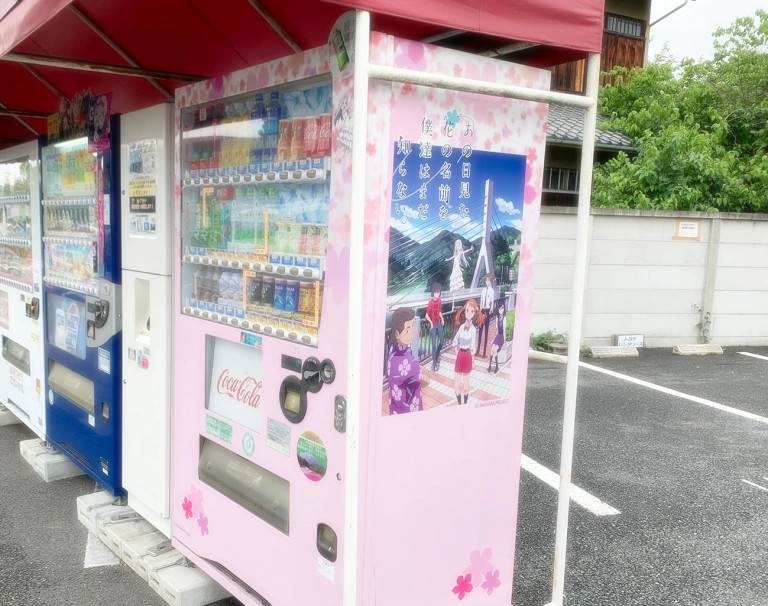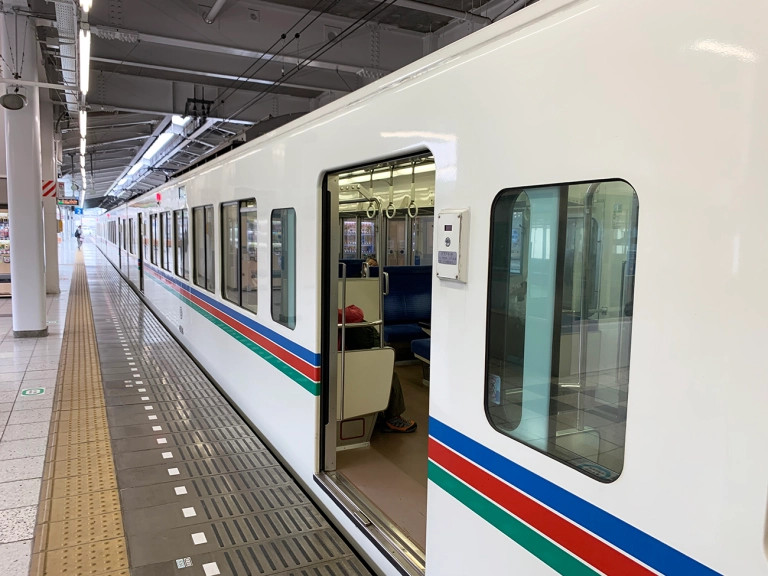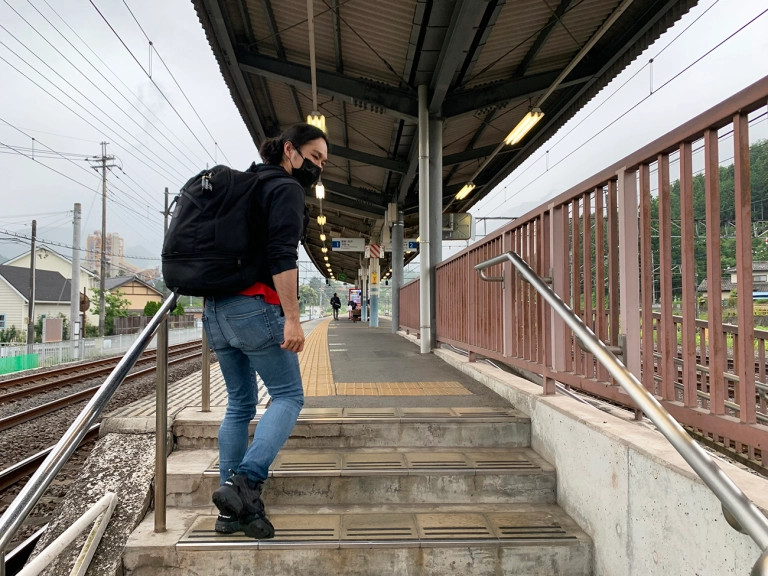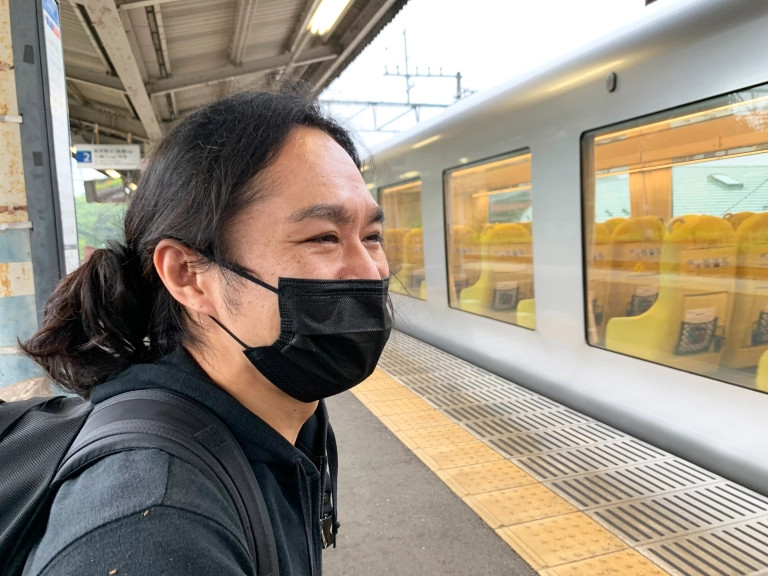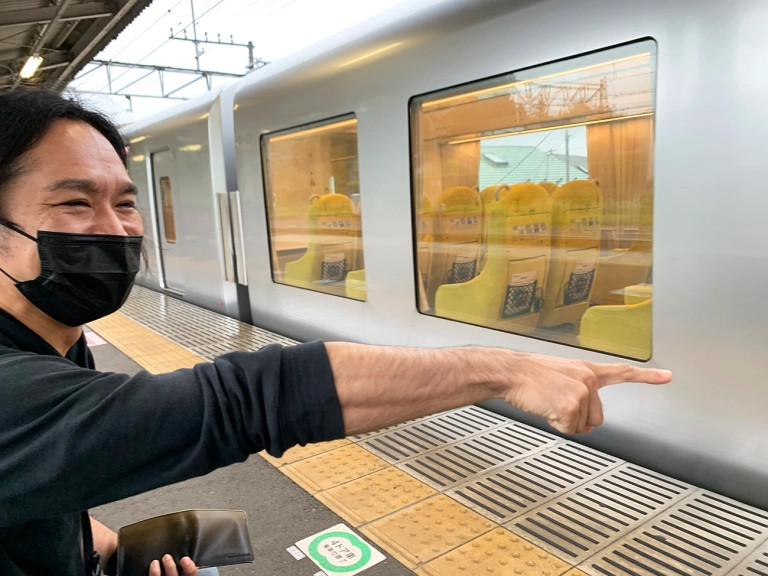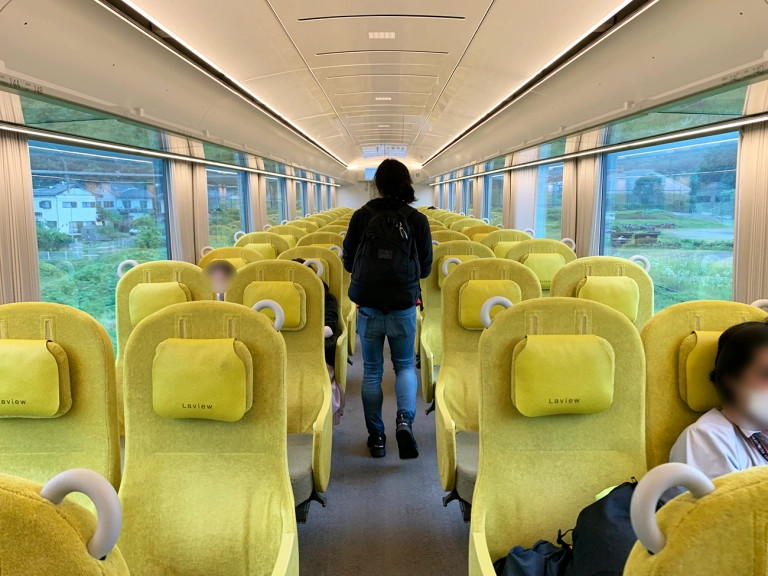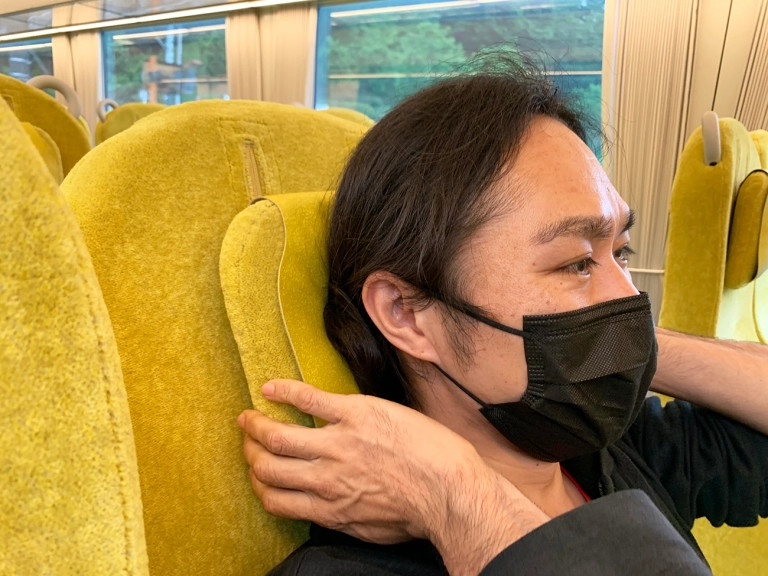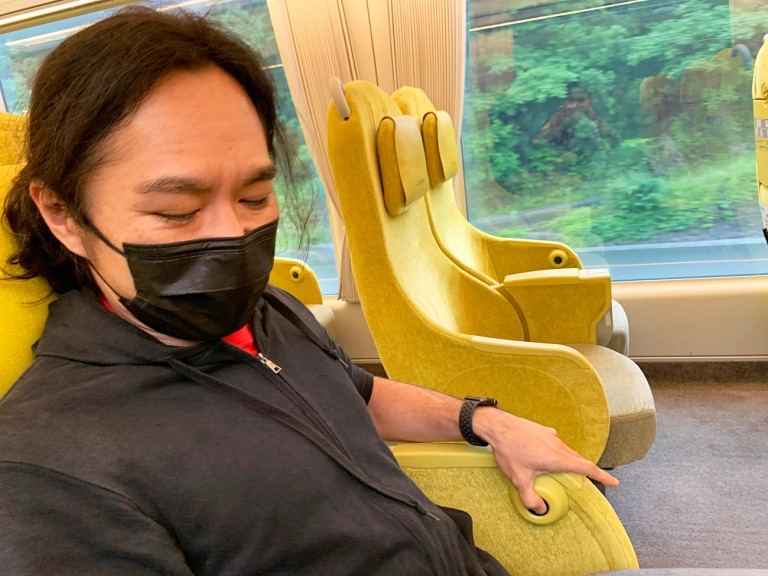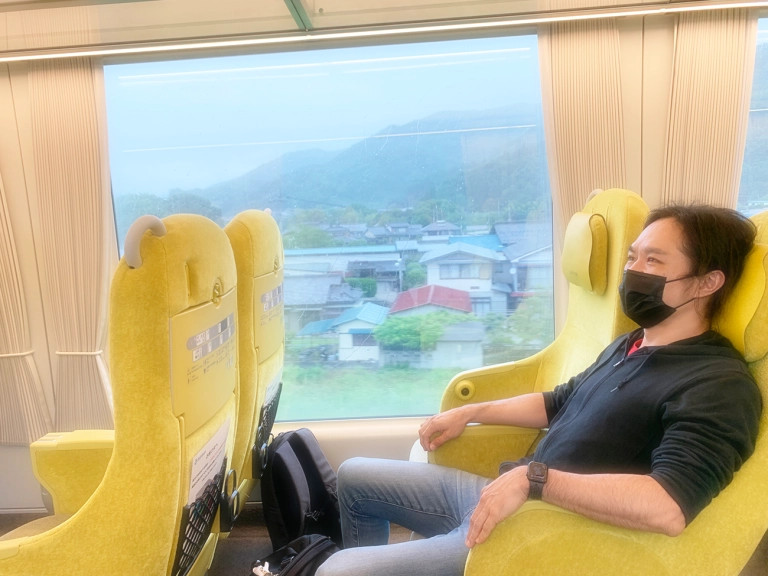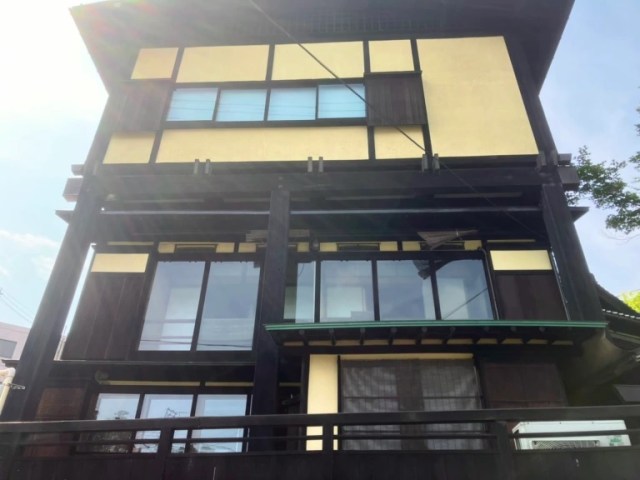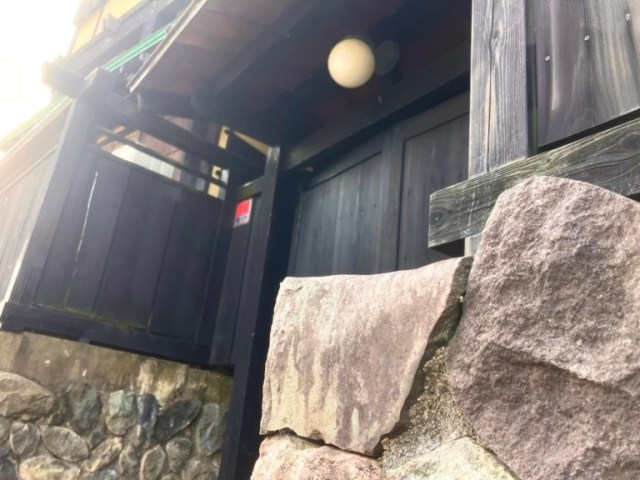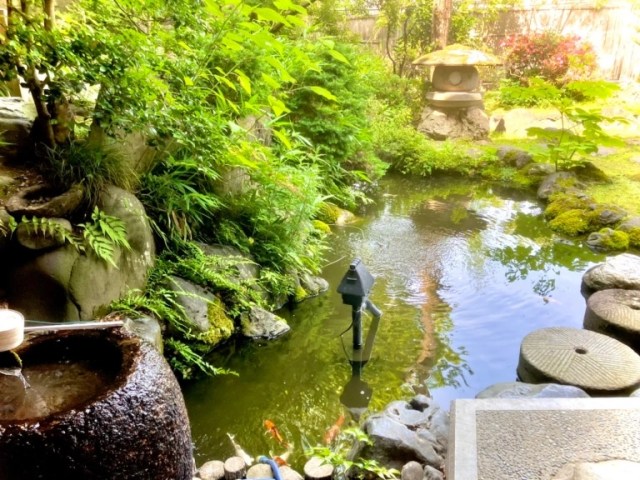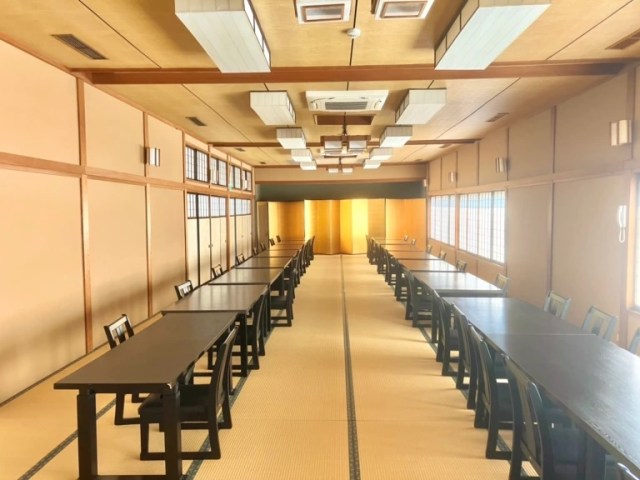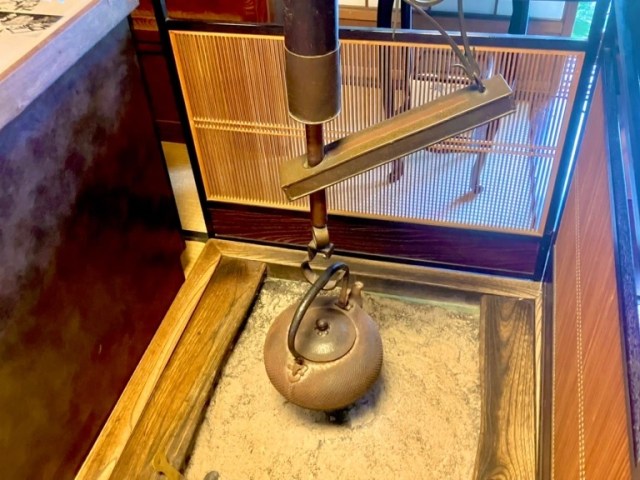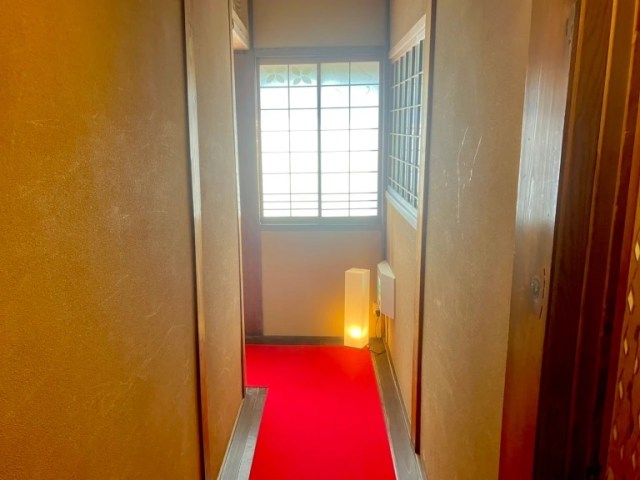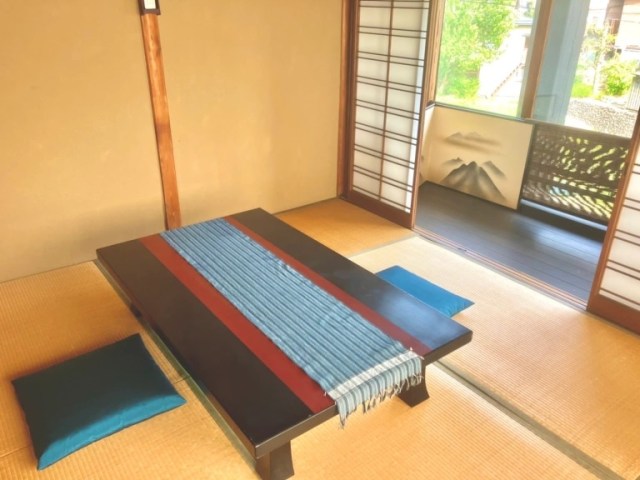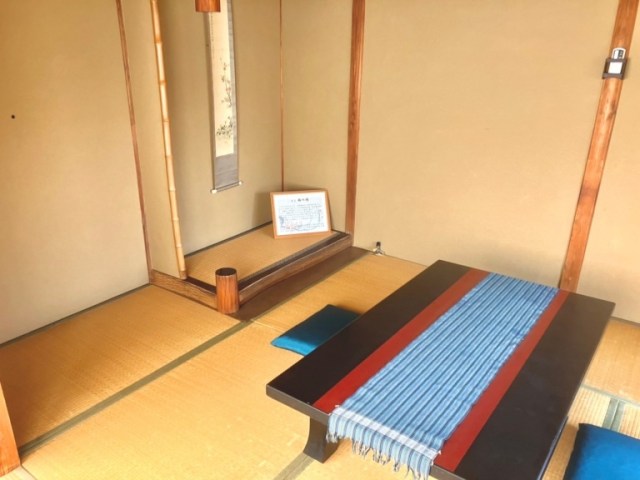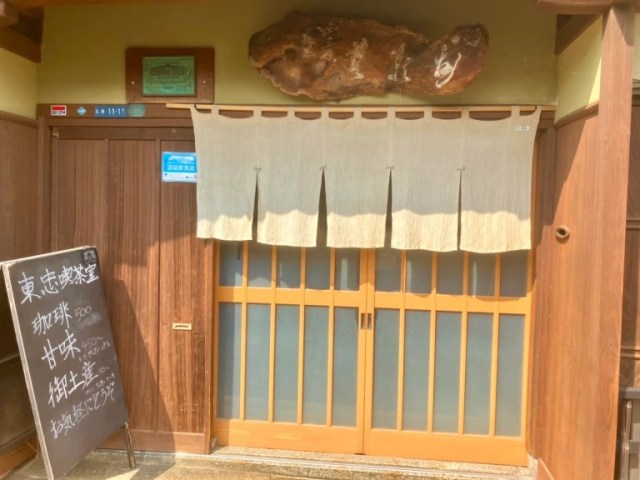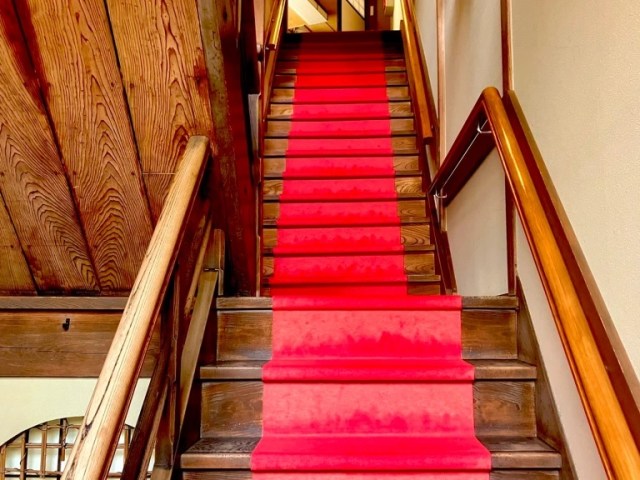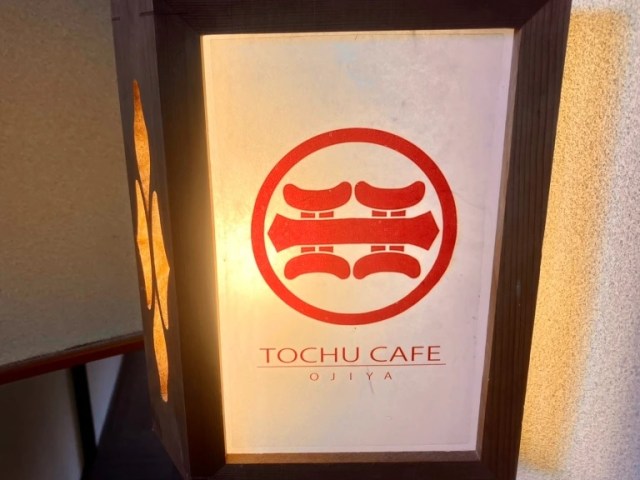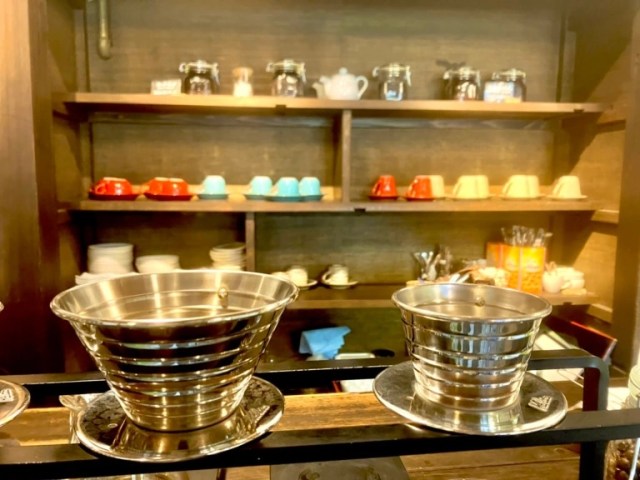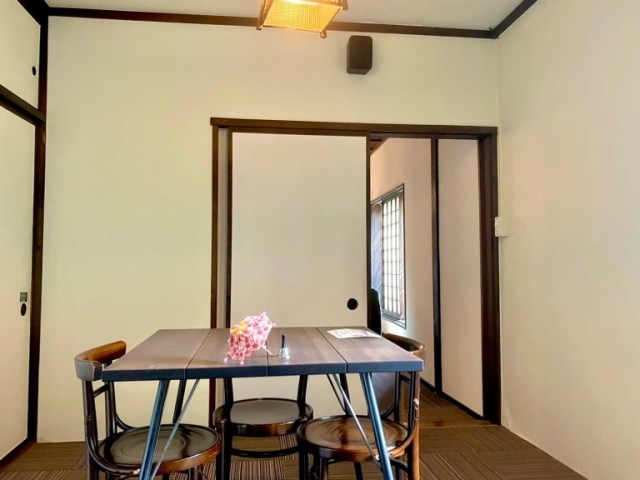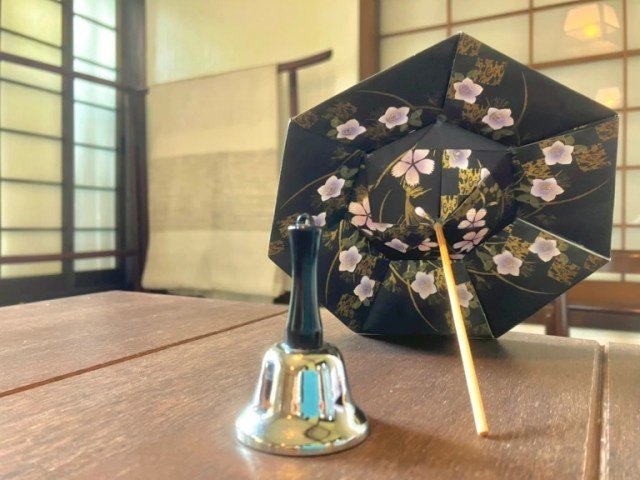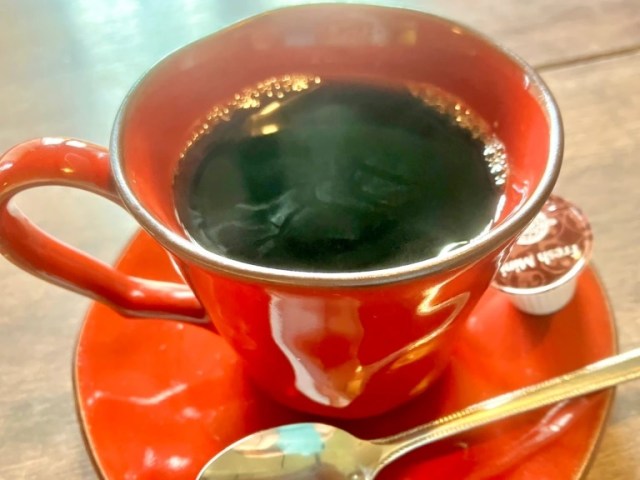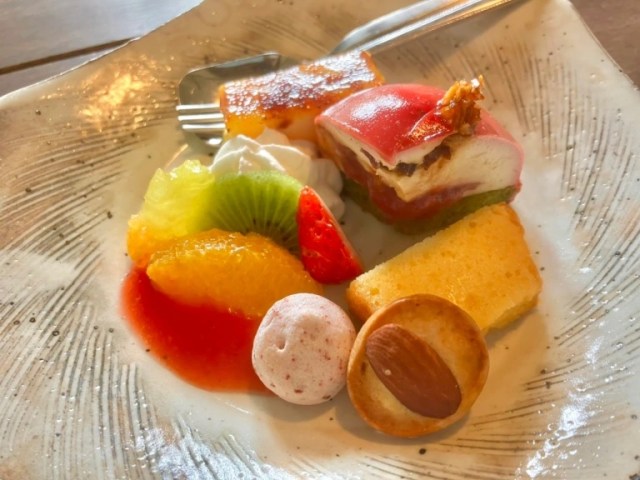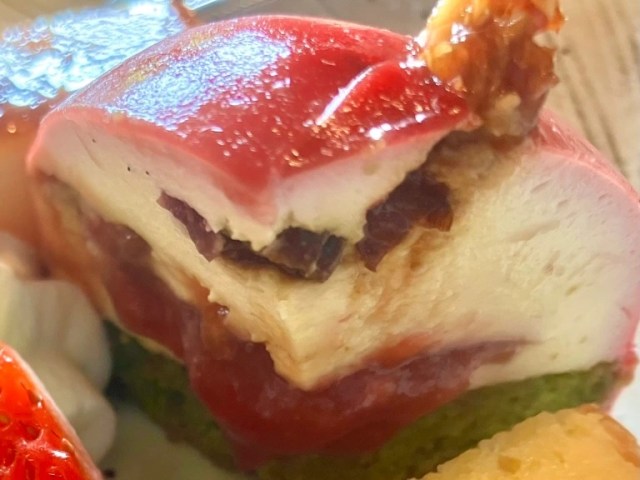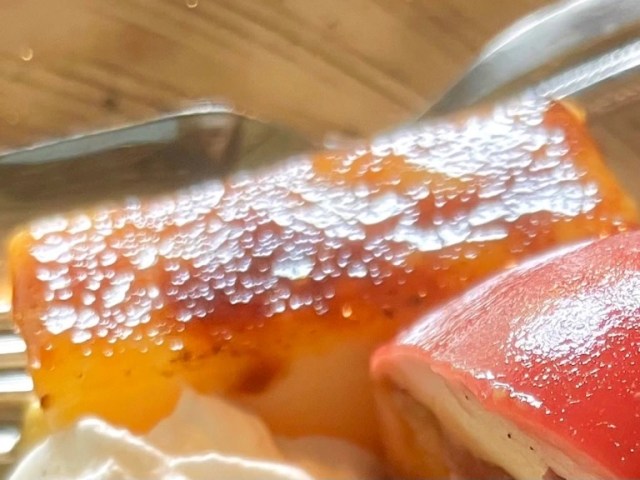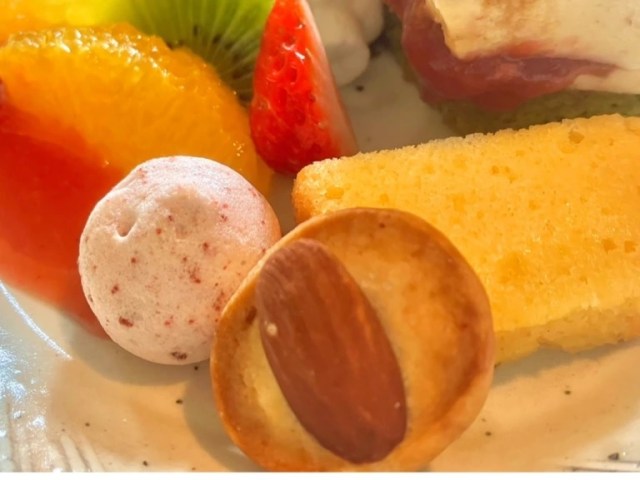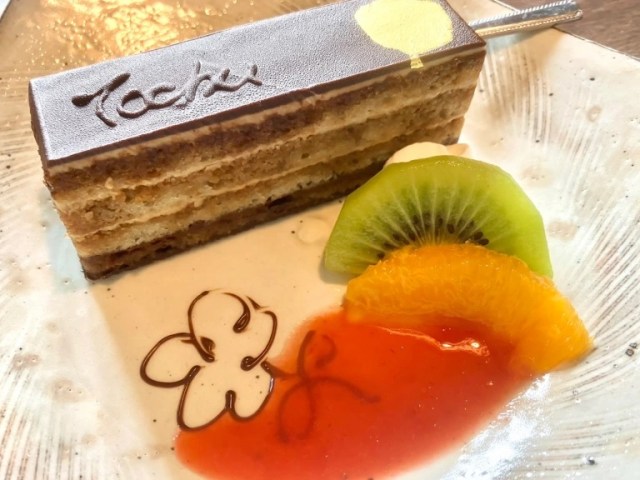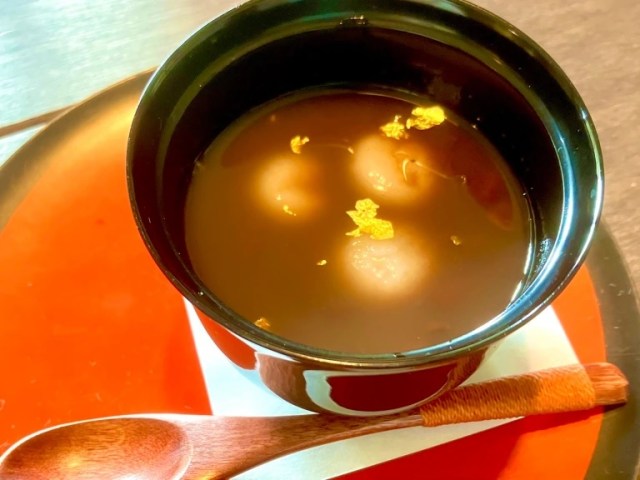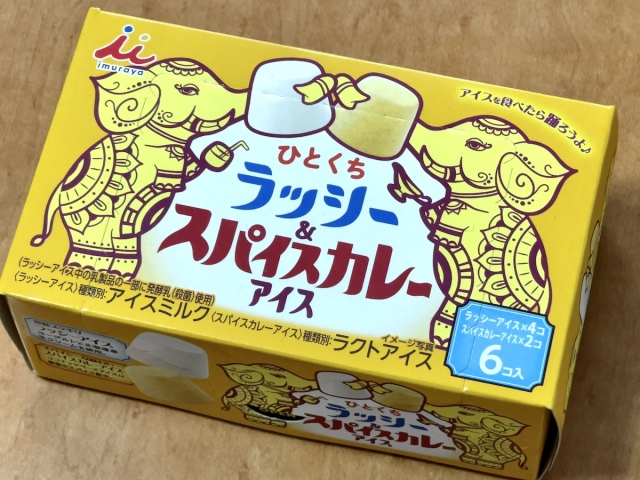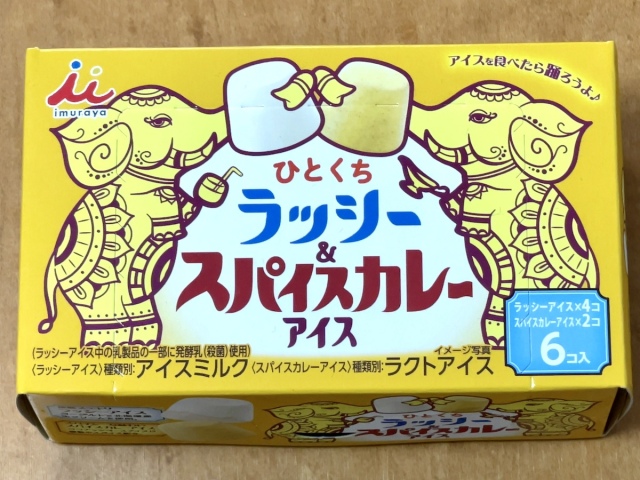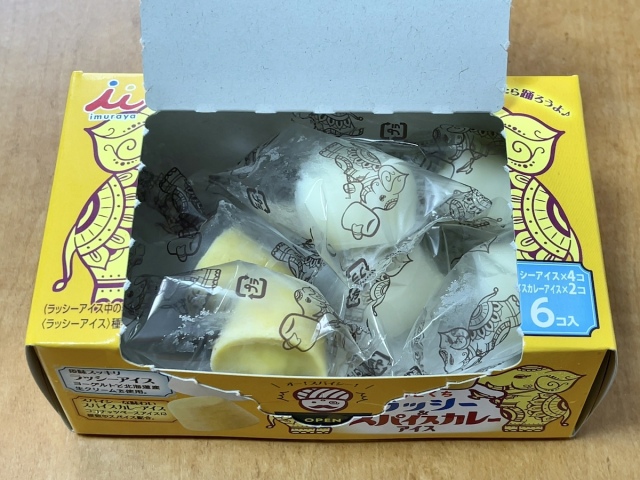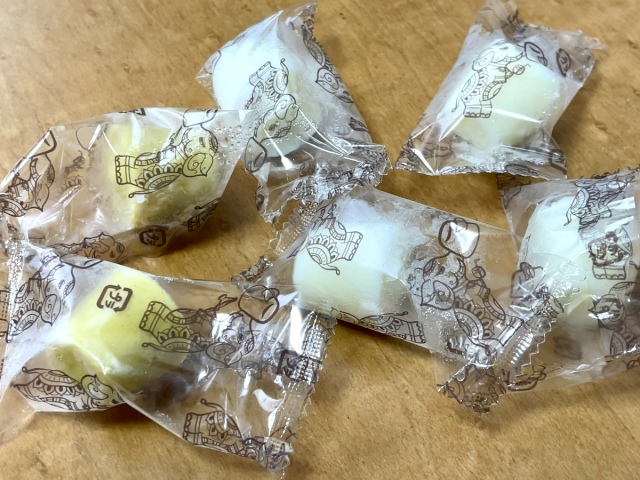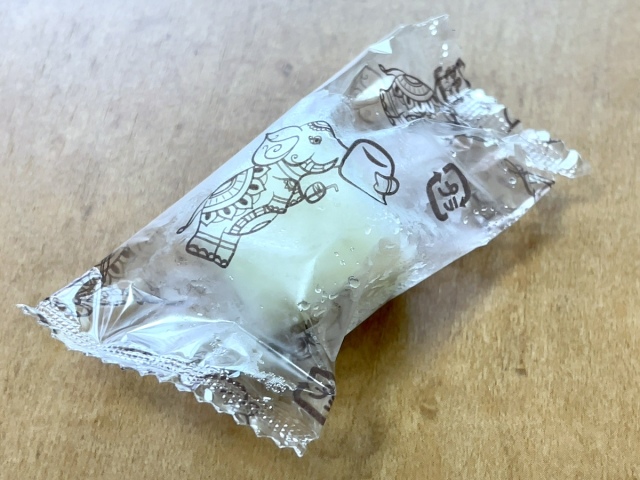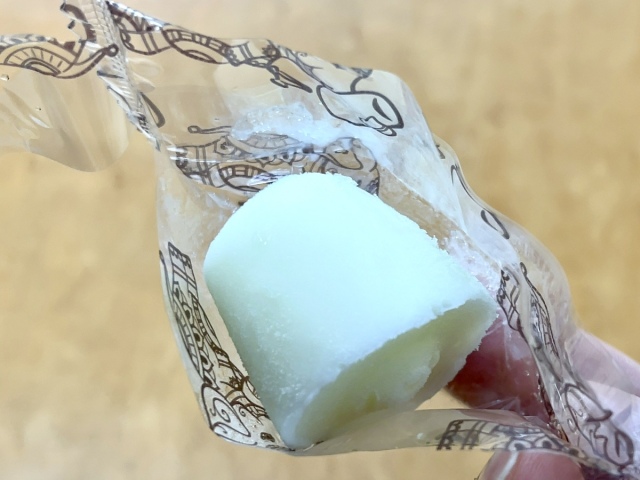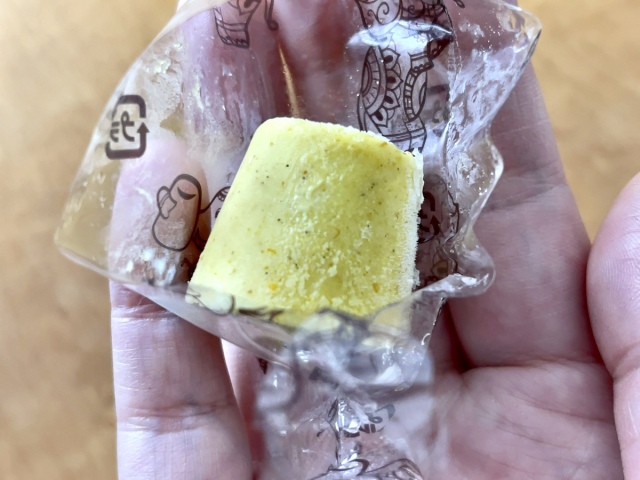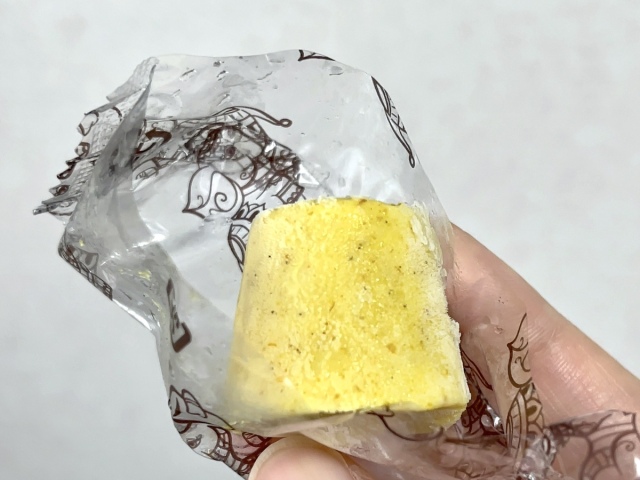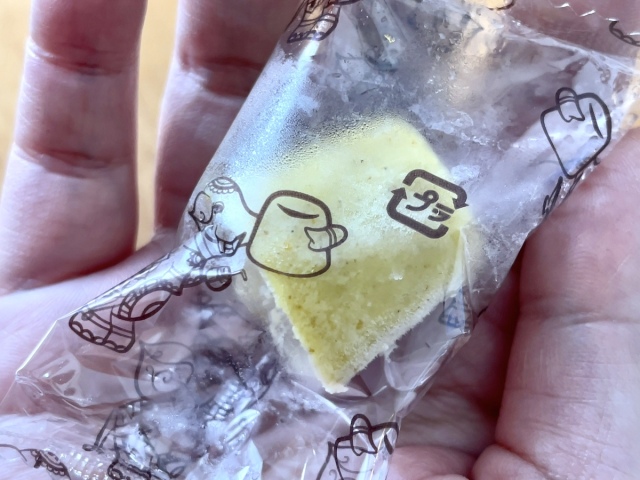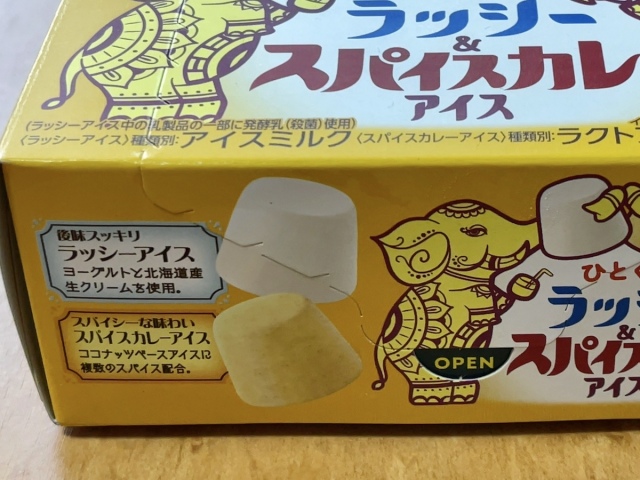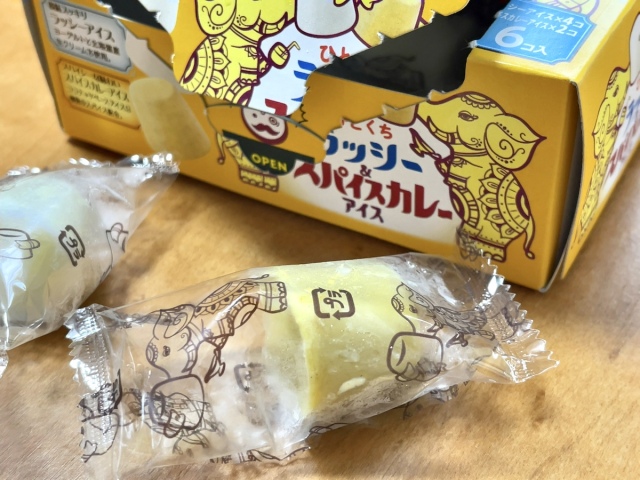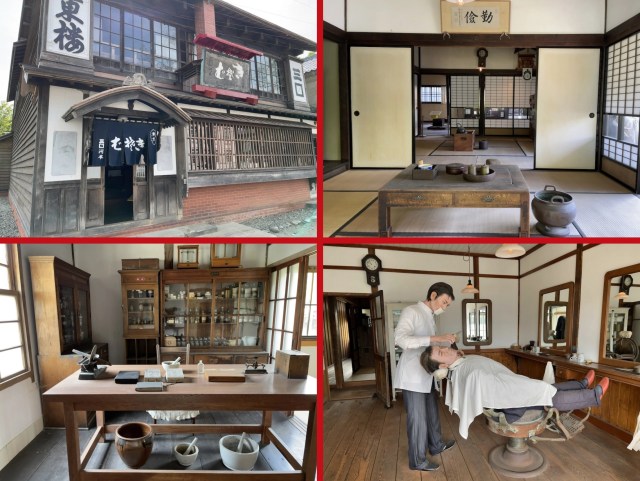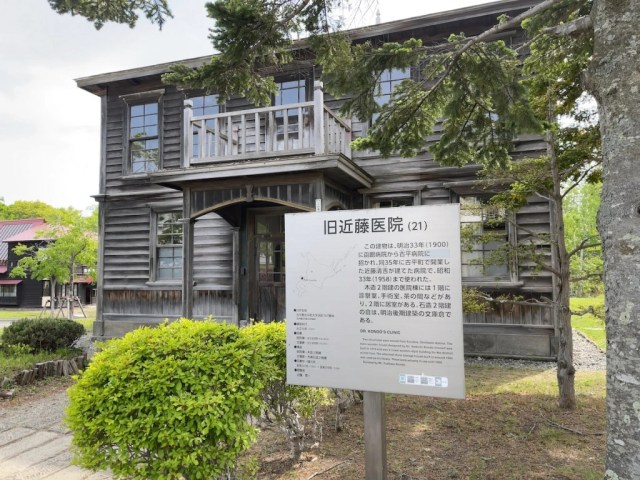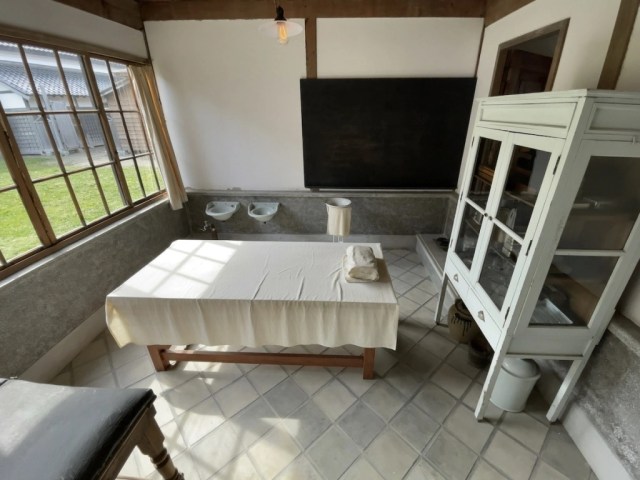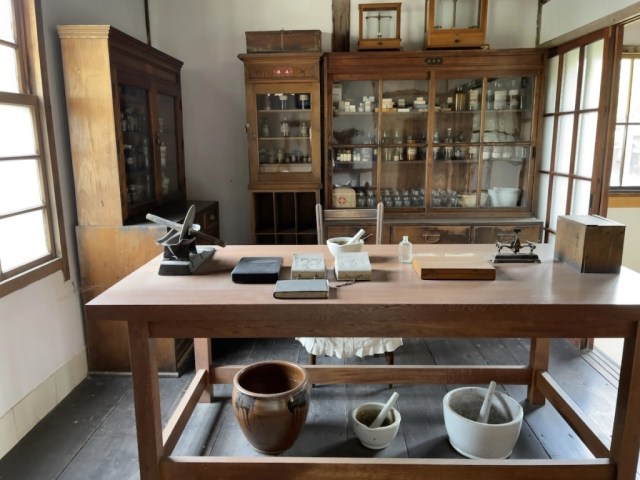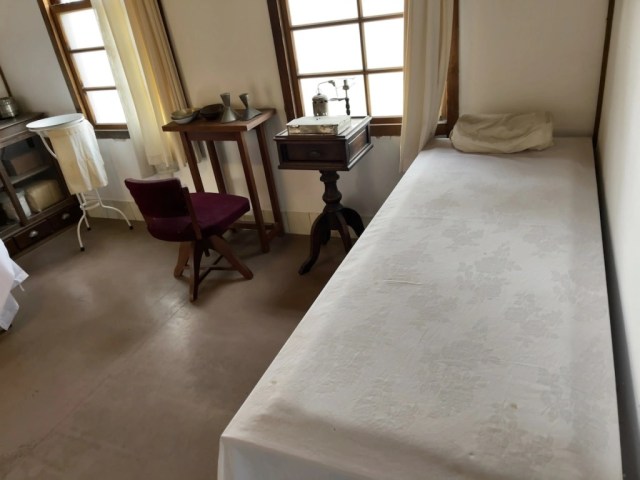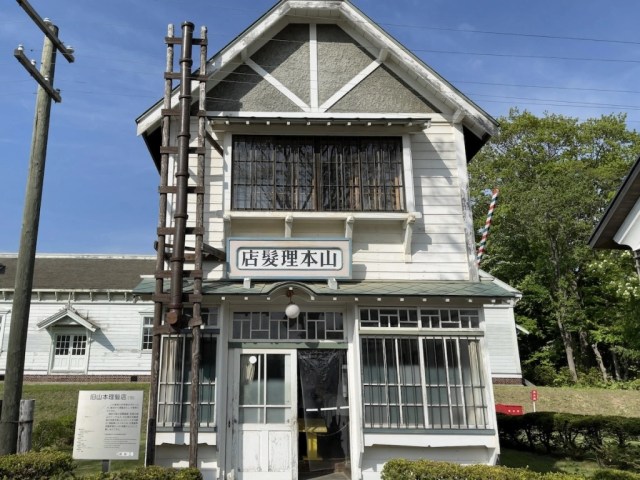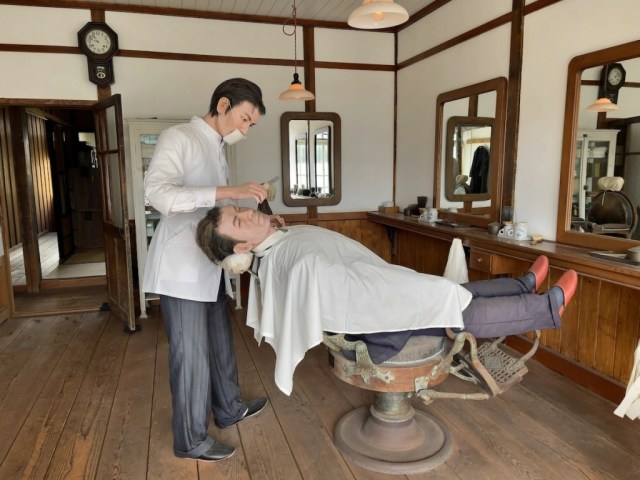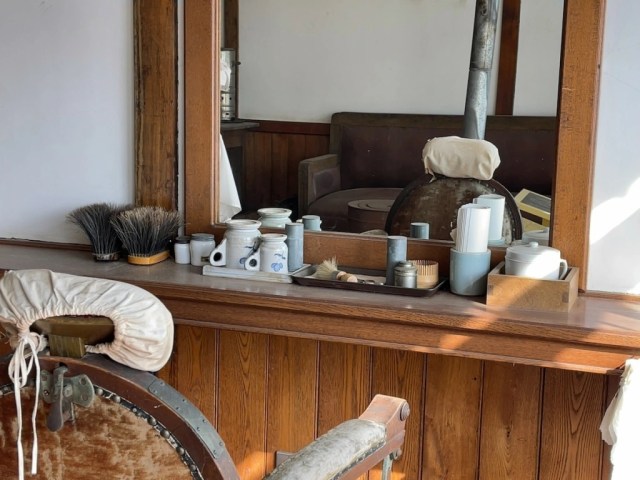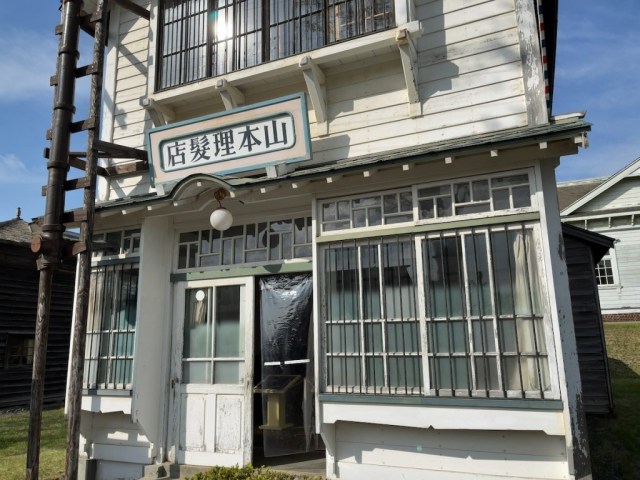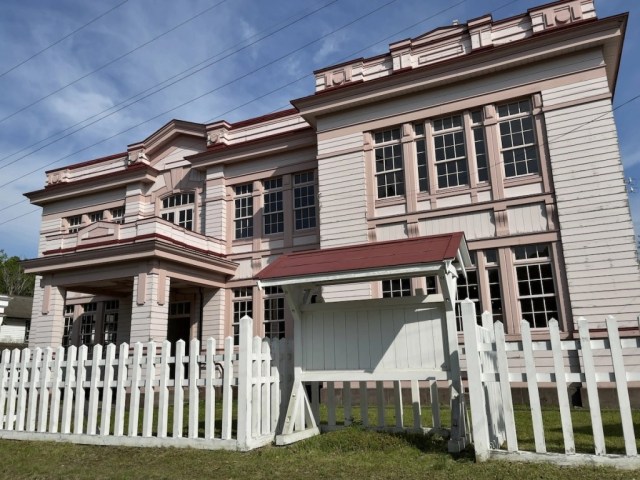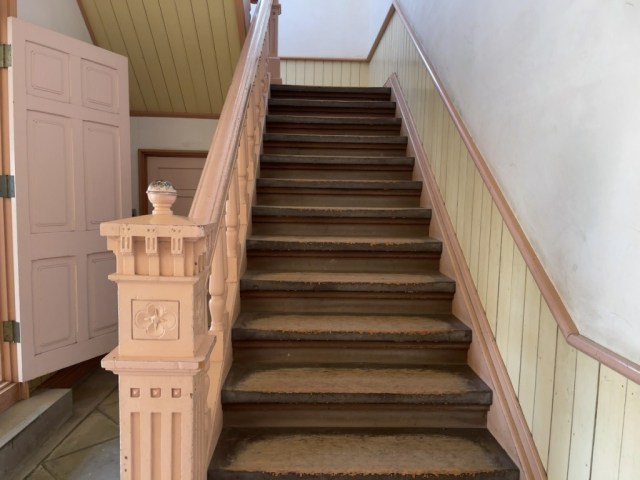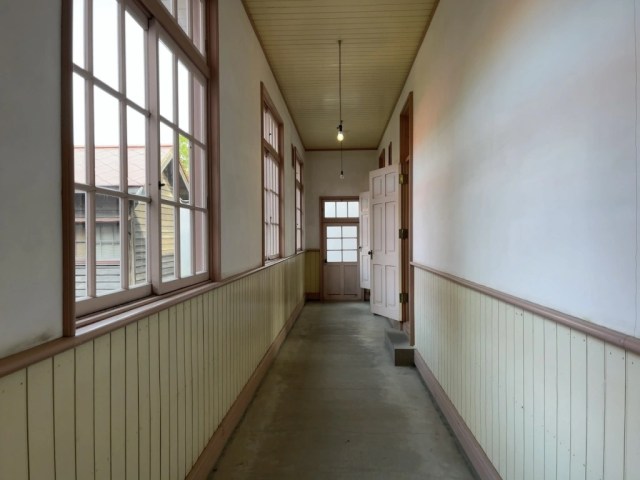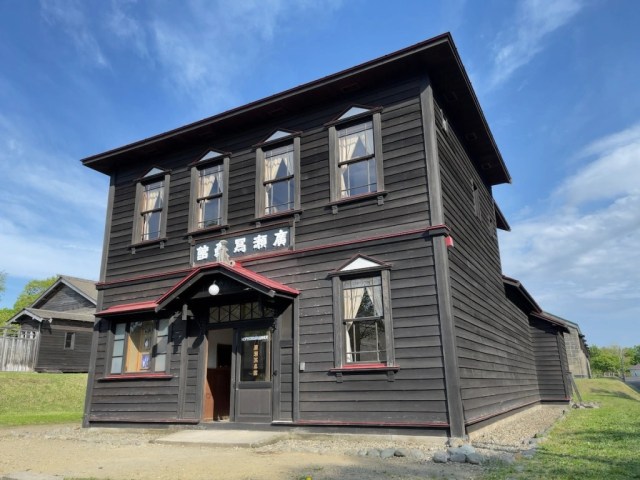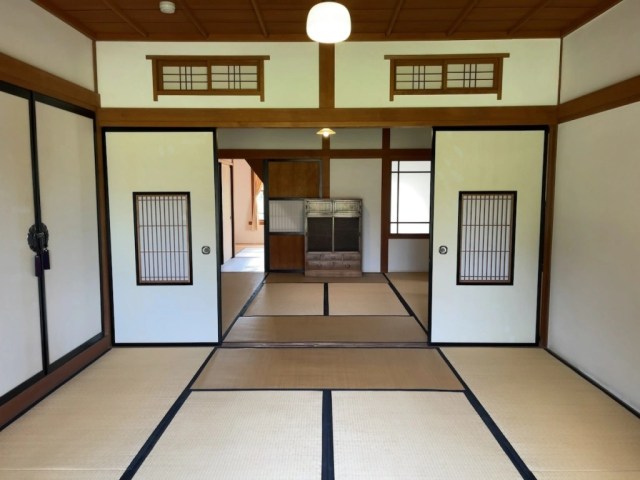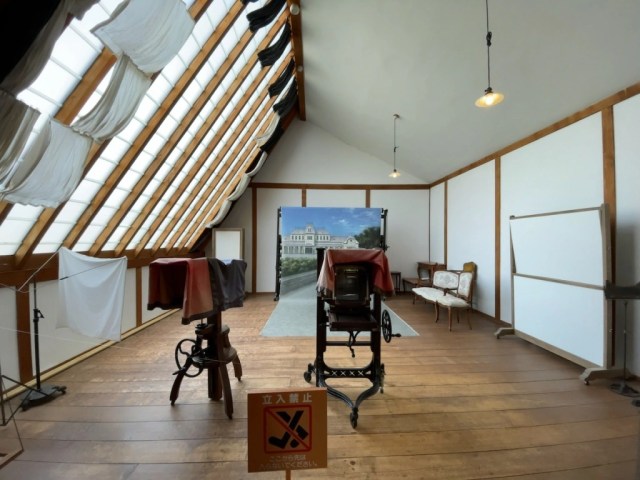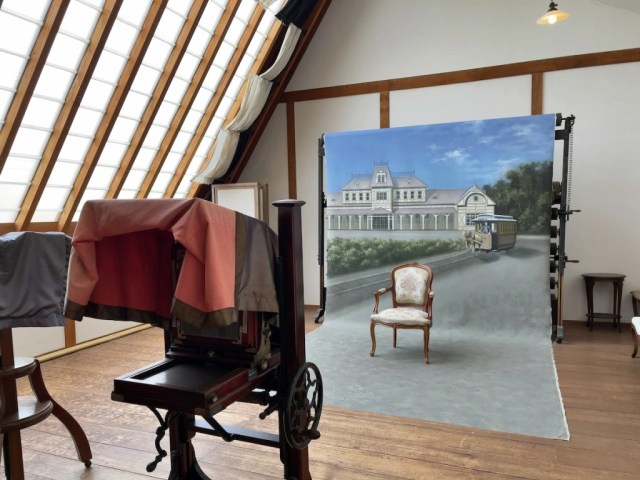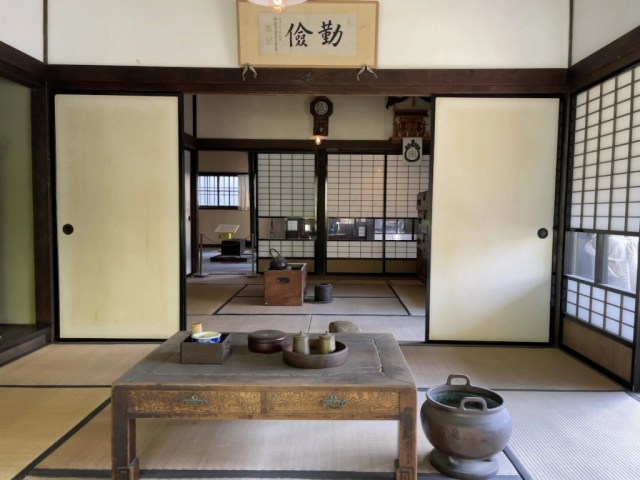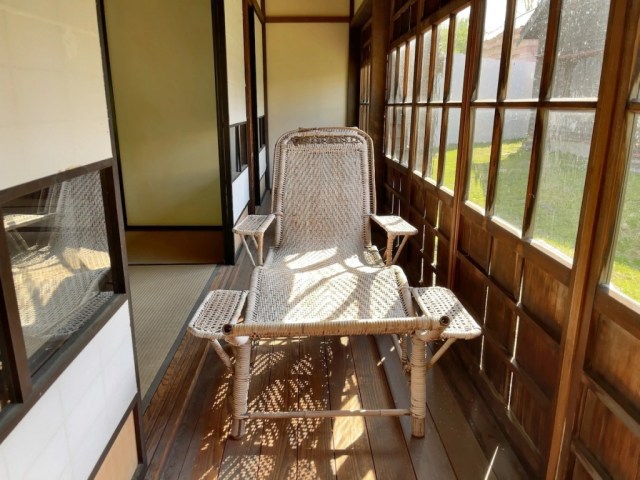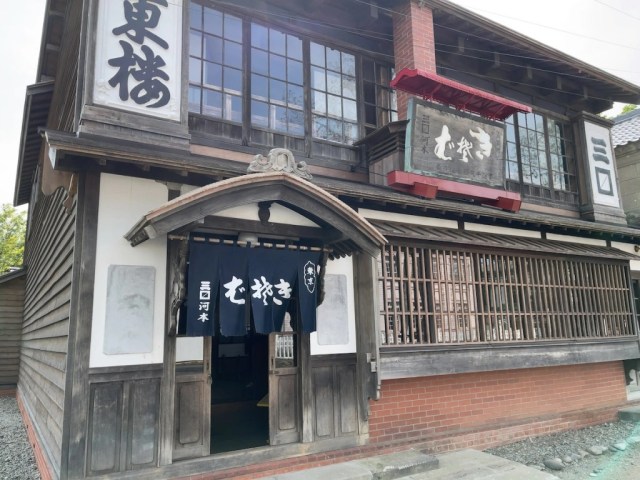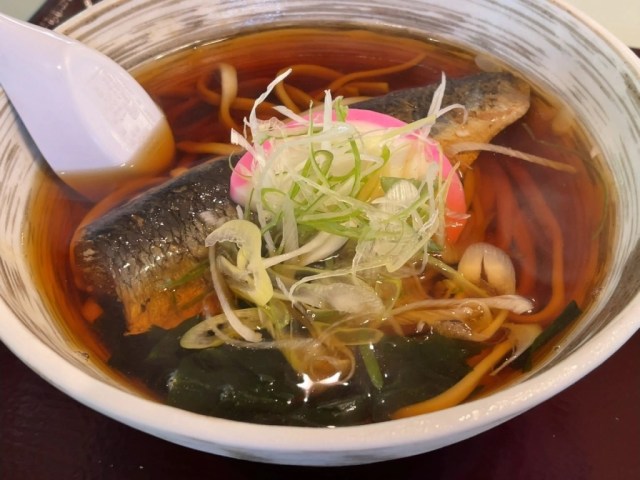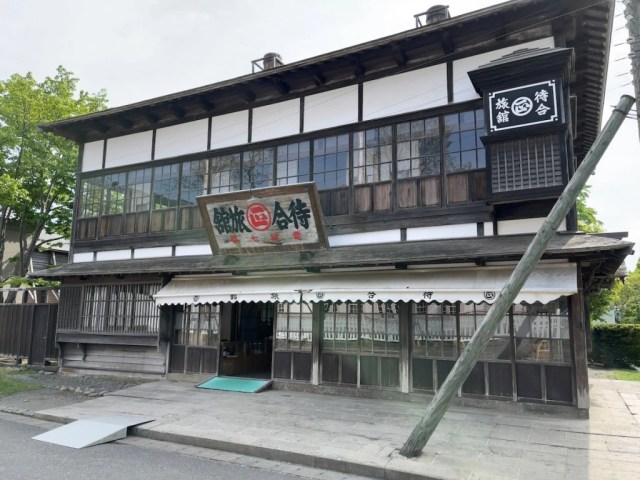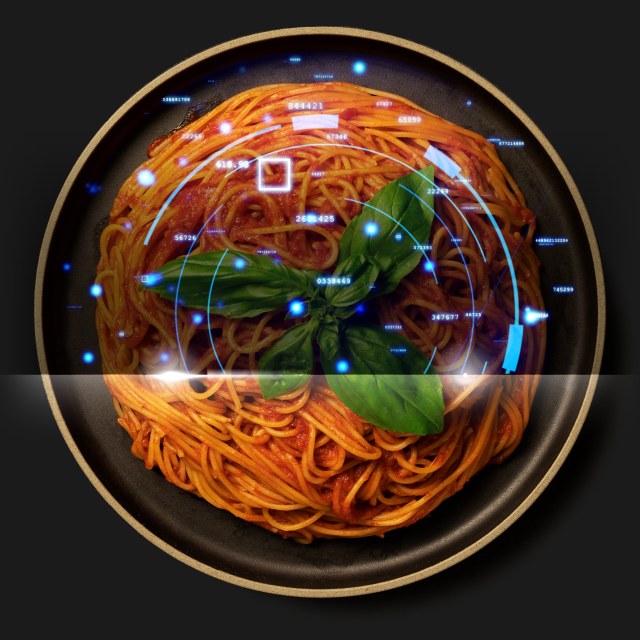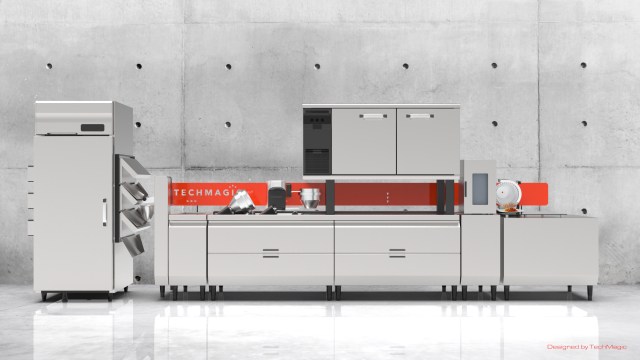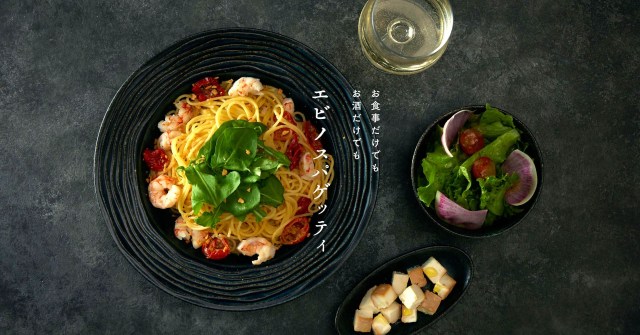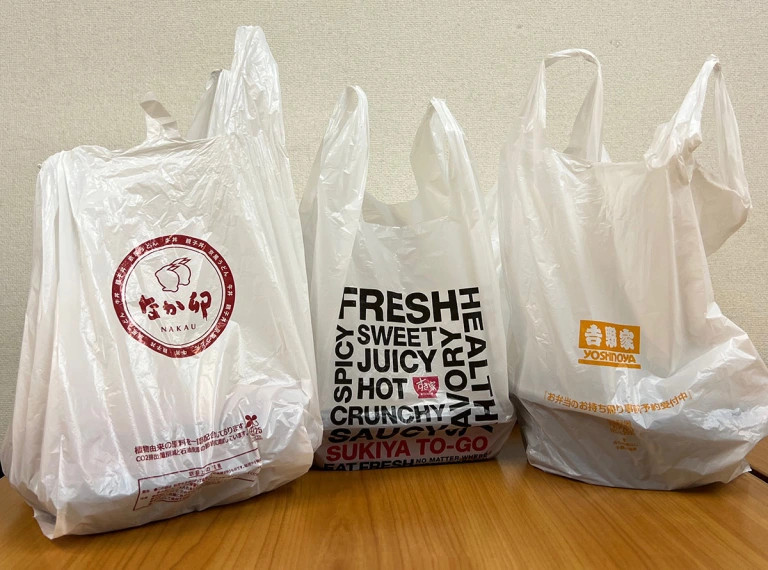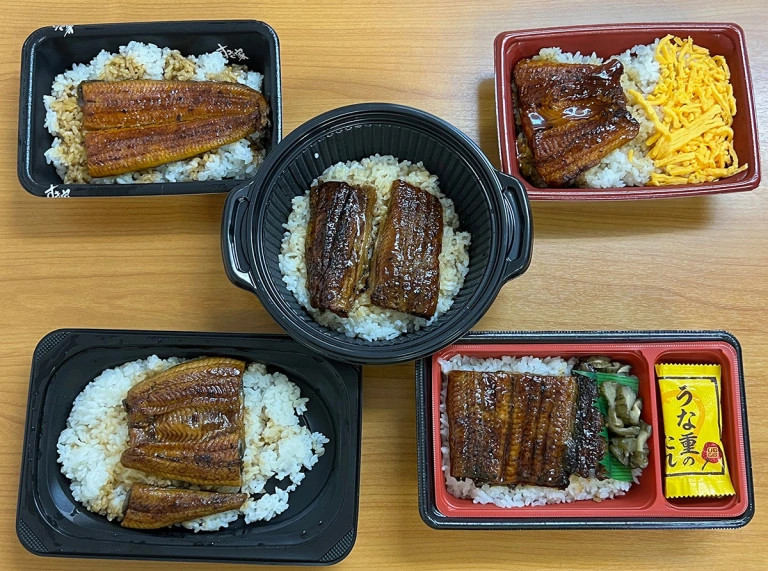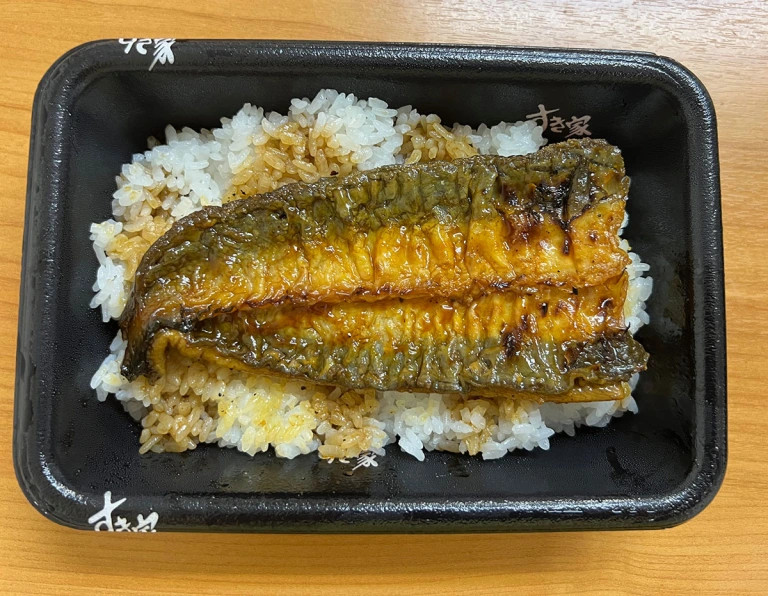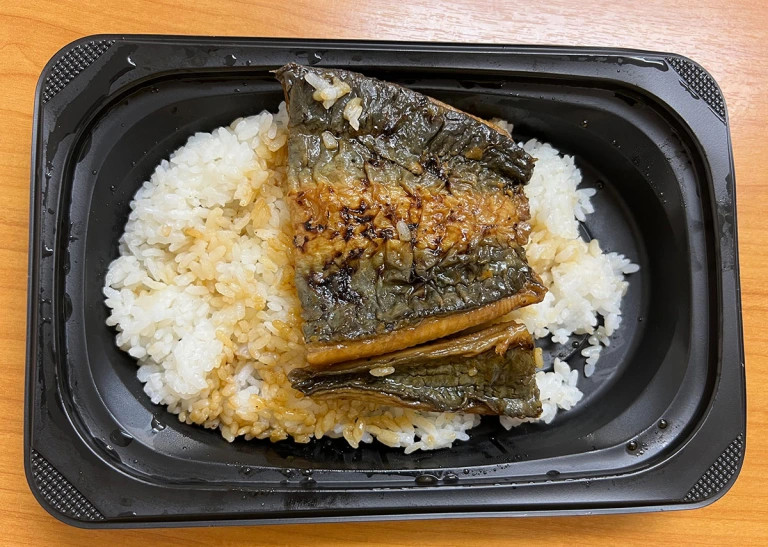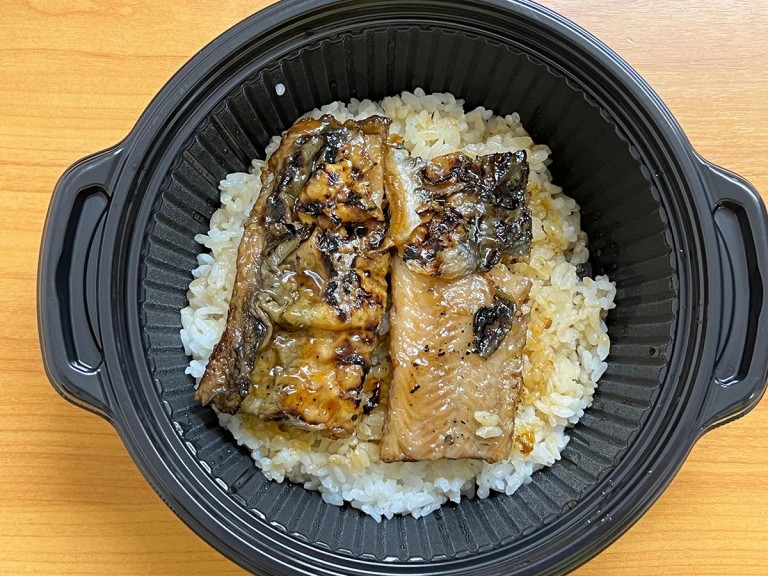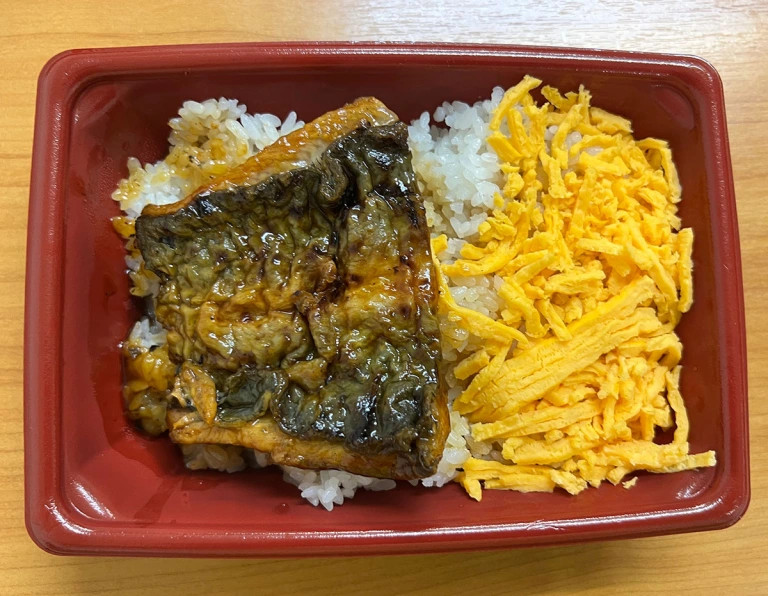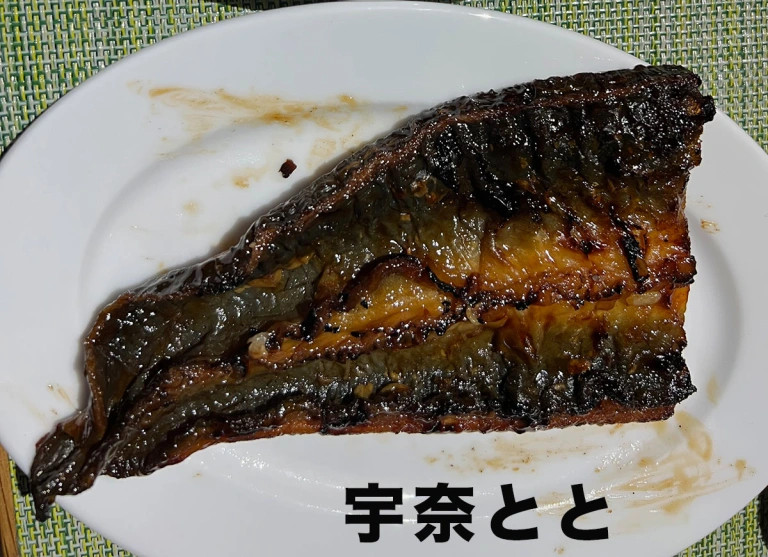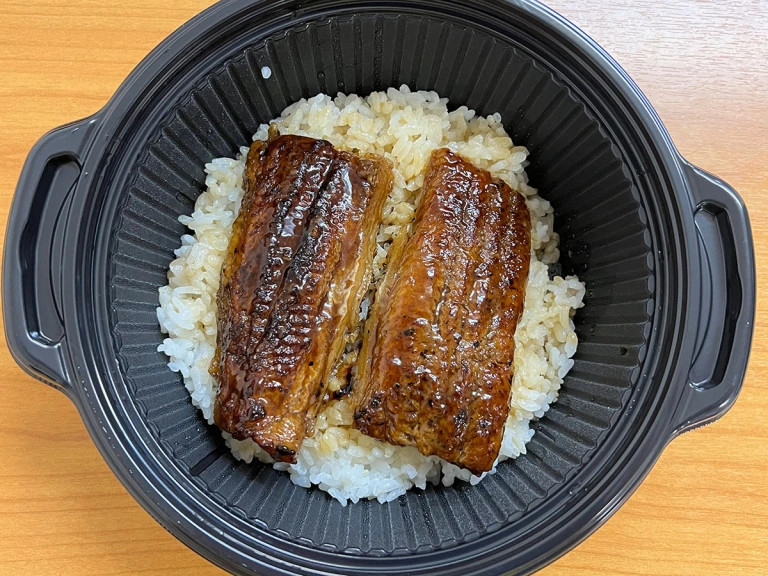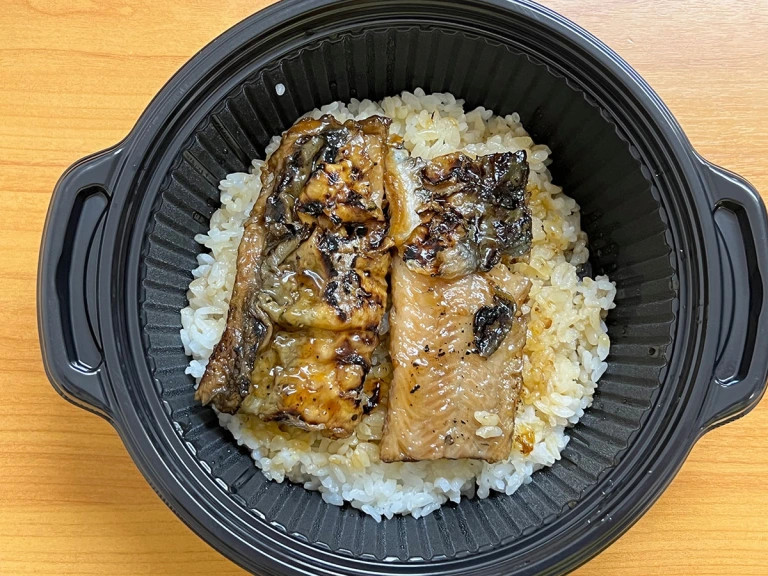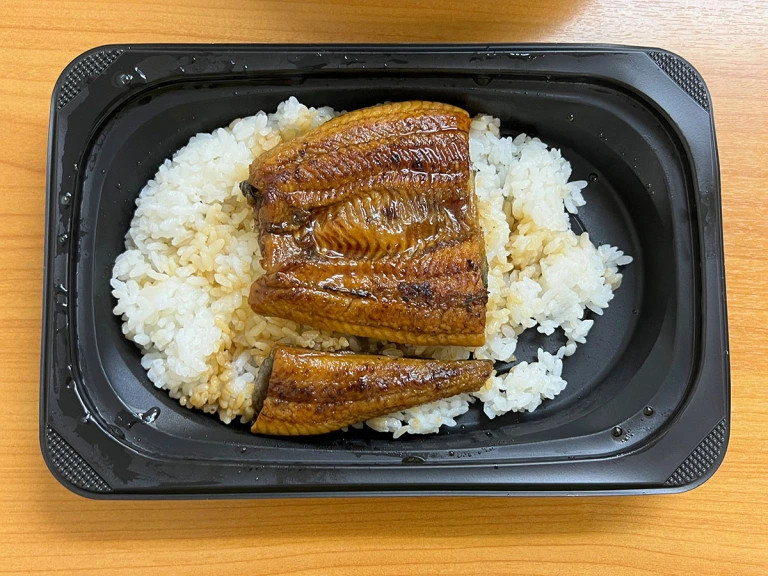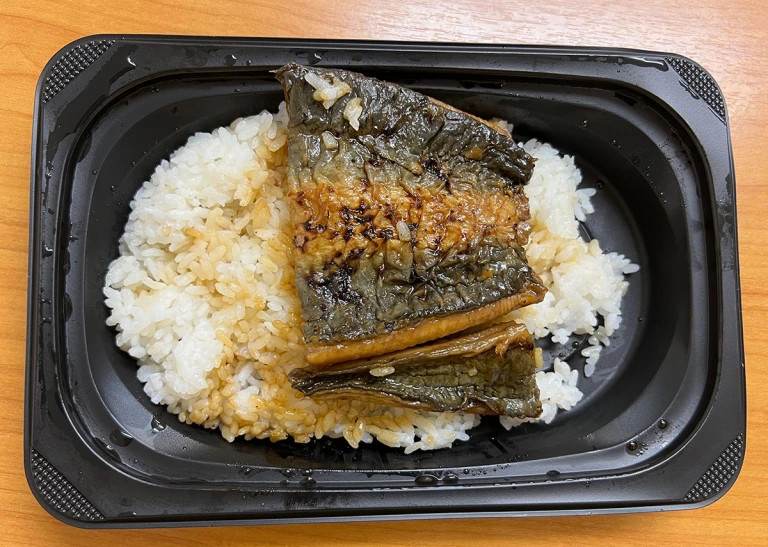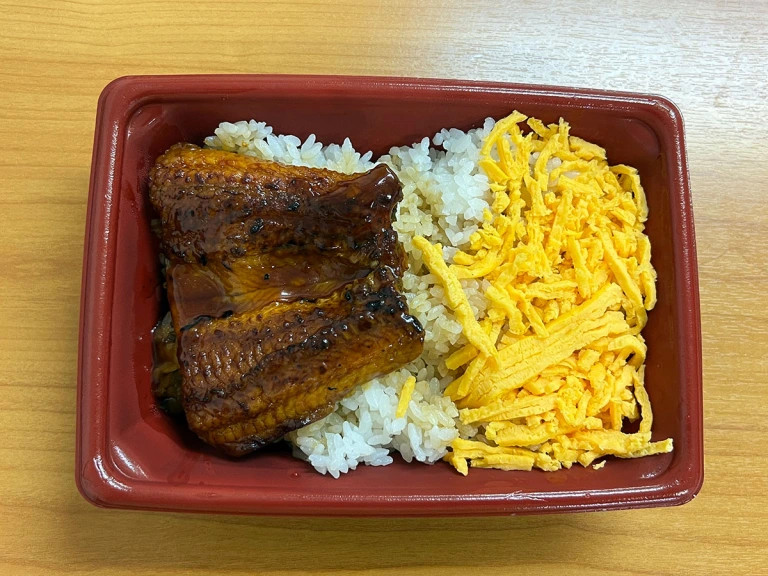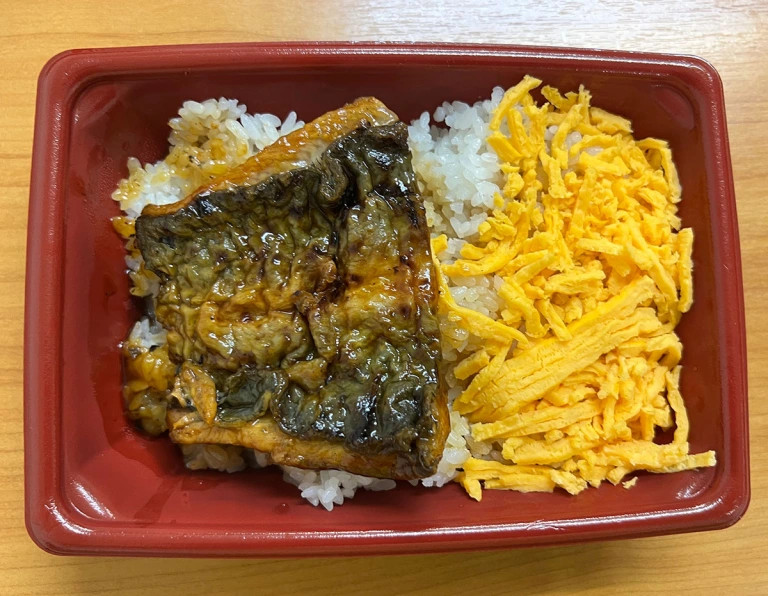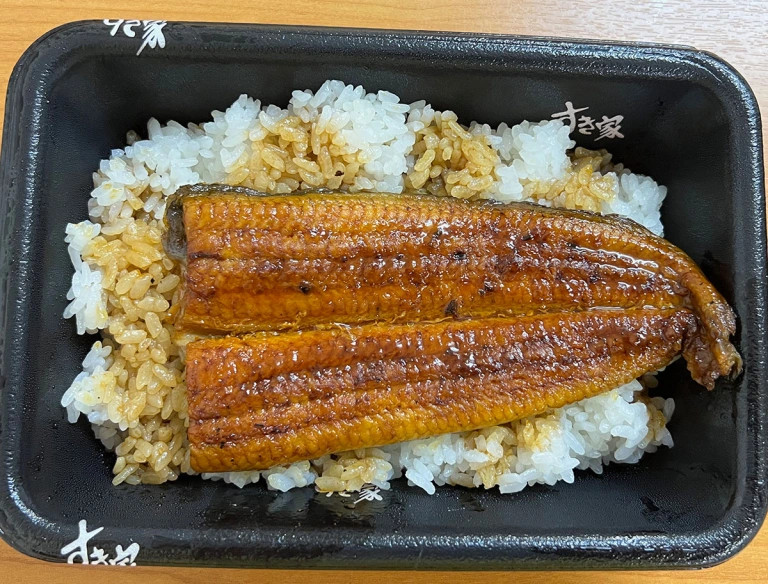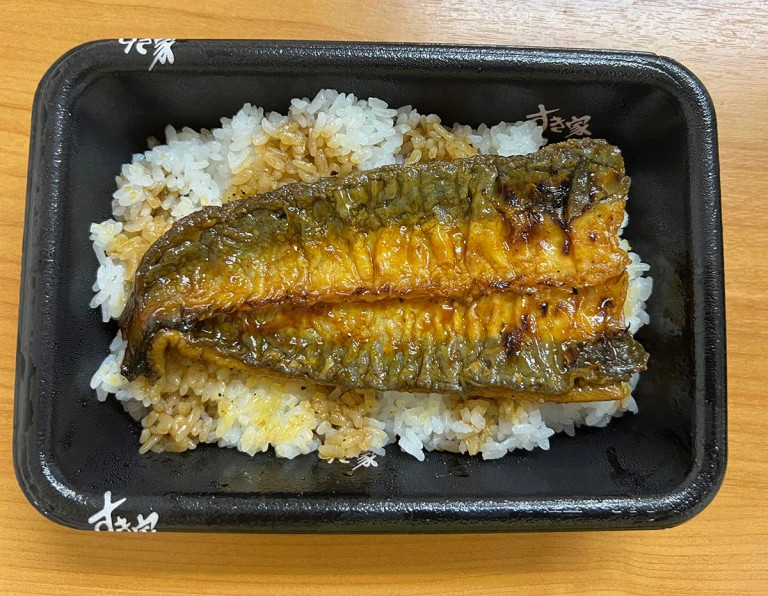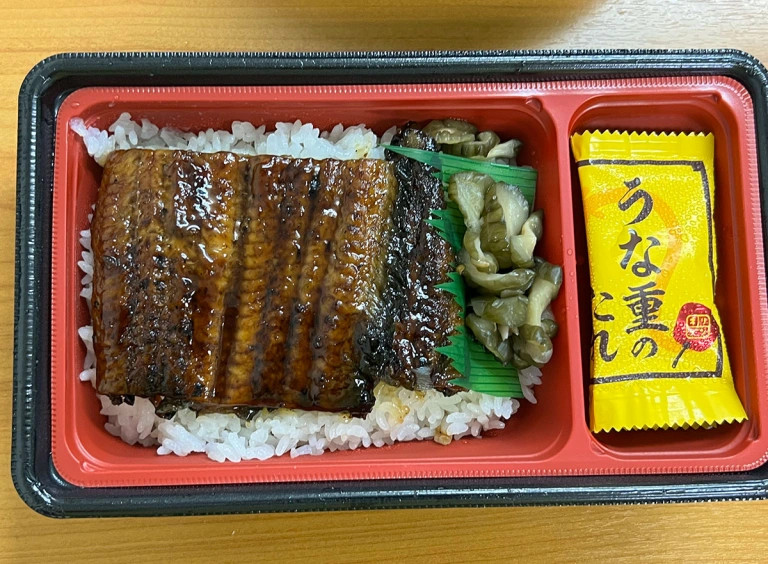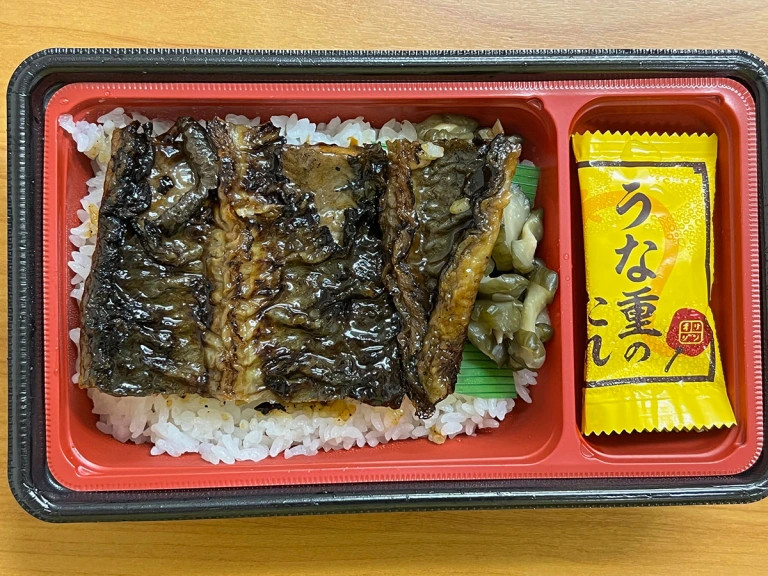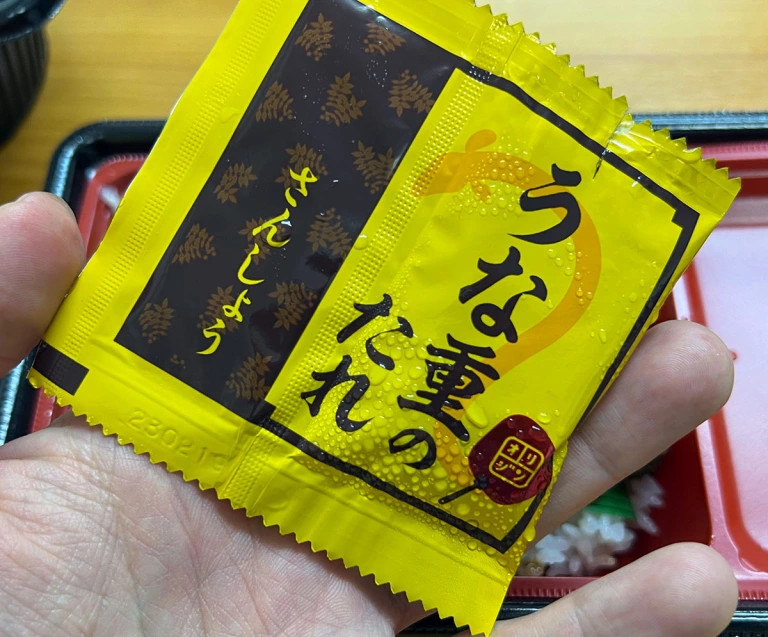
Don’t mistake cuteness for softness.
While many countries can boast being full of character, only few can claim to be full of characters. Japan is certainly one such country with no shortage of fictional people, animals, and animal-people that have found fame worldwide.
One award that celebrates the best of the best of these characters is the Japan Character Award. Although not widely known, even in Japan, these awards carry a lot of weight because they are held by the Character Brand Licensing Association, an industry group that oversees character licensing in Japan and overseas.
The list of past grand prize winners reads like a who’s who of Japanese cultural icons too, and includes Pokémon, One Piece, Kumamon, Funasshi, Yo-Kai Watch, Sumikogurashi, and Demon Slayer. The recipient of the Japan Character Award 2022, however, may have taken everyone by pleasant surprise: Chikawa!
Chikawa is a shortened version of the full title Nanka Chisakute Kawaii Yatsu meaning “a cute thing in a small kind of way” and follows the quick and cute antics of titular character Chikawa and its little animal pals such as a cat, rabbit, and bear. However, the superficial cuteness belies a troubled world increasingly infested with weeds and monsters, and an underlying sense of danger and depression haunts the characters as they rely on their friendship to overcome problems.
▼ In this strip, a chimera suddenly appears while Chikawa is doing a jigsaw puzzle. It then attacks but Chikawa manages to desperately scare it away
キメラ pic.twitter.com/jjbwzZUKV8
— ちいかわアニメ金曜 (@ngnchiikawa) February 3, 2020
Created in 2020 by an artist who goes by the name Nagano as a Twitter-based manga, the franchise has exploded into a published manga, televised anime series, and a whole lot of merchandising.
▼ You know you’ve made it when Sanrio gives you the nod to recreate their legendary characters in your own style
ナガノ×サンリオキャラクターズ
— ナガノ (@ngntrtr) December 23, 2021
コラボが決定しました!
1月7日(金)よりコラボグッズが発売。POP UP SHOPの開催も
詳細https://t.co/b1uEpGTMkJ pic.twitter.com/OMgOXILk1b
While Nagano’s huge and loyal following on social media has been the backbone of her success, the addition of an anime series has brought Chikawa to a whole new audience of children, allowing its fame to skyrocket even further.
▼ The anime seems to tone down the nihilistic parts so far
To give a sense of how big Chikawa has become, the other special Japan Character Award winners which it beat out to earn the grand prize include Evangelion (which won two awards for the success of its final reboot film and complex collaboration with five different restaurant chains at the same time), Tokyo Revengers (for its success in manga, anime, and film), and Super Mario for lending its brand to a popular line of loungewear by Gelato Pique.
The grand prize was awarded based on five factors; marketability, novelty, sociality, creativity, and future potential. It was especially that last criteria that contributed to Chikawa claiming the top prize. Its leap from a Twitter-based comic strip to multimedia franchise in about a year could only be described as explosive.
The Japan Character Award 2022 explained that Chikawa is “not only cute but also has a deep world view.” That sentiment was echoed by many online comments which also gleefully congratulated Nagano on her success.
“Chikawa is awesome!”
“Congratulations Nagano-san and Chikawa-chan!”
“This is great news.”
“It’s not so ‘small’ any more, is it.”
“Deep? It’s more like an abyss and a pretty hard world.”
“Welcome to dystopia.”
“Saying Chikawa has ‘future potential’ kind of goes against the theme of Chikawa.”
“Let’s celebrate, Chikawa!”
It certainly seems that Chikawa is poised to become the next big thing in Japan and possibly even beyond. Be sure to check out the ongoing series on Twitter if you can. There’s not a lot of coherent dialog in it either, making it pretty good reading material for those studying Japanese.
Source: Japan Character Award, PR Times, Otaku.com, Twitter/@ngnchiikawa
Top image: Japan Character Award 2022 ©nagano / chiikawa committee
● Want to hear about SoraNews24’s latest articles as soon as they’re published? Follow us on Facebook and Twitter!


